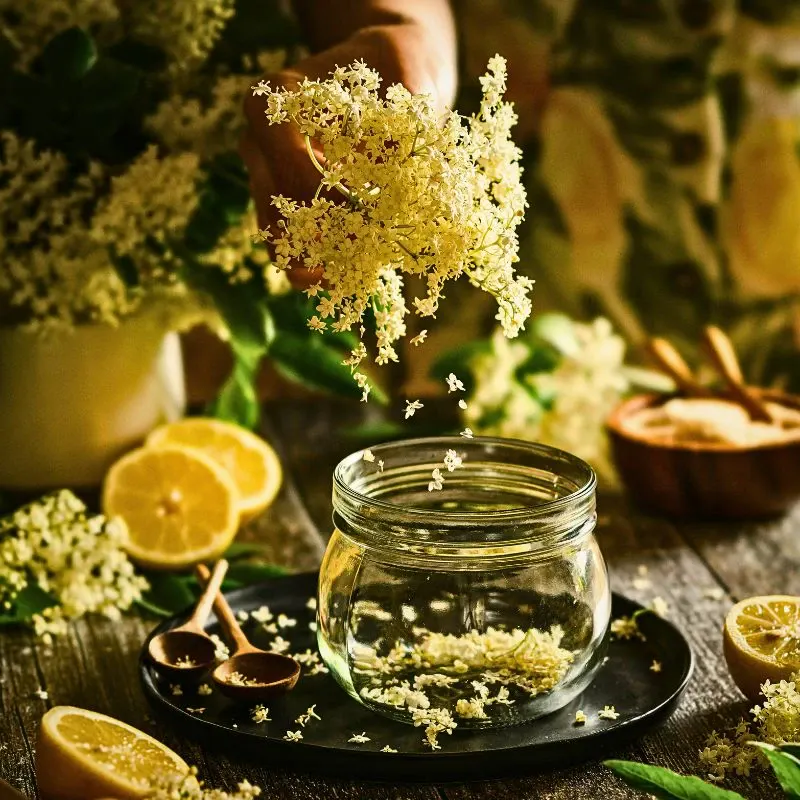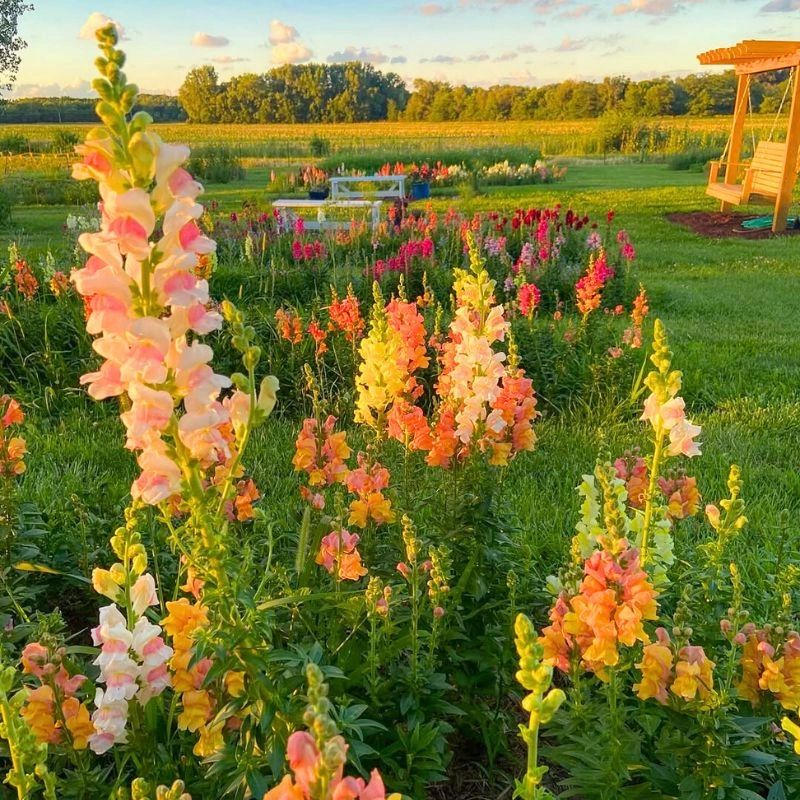When you think of natural skincare solutions that have stood the test of time, lavender oil for skincare immediately comes to mind as one of the most beloved and effective remedies. The purple-flowered plant, scientifically known as Lavandula angustifolia, has been used for ages not just for its enchanting fragrance, but also for its ability to heal and enhance the skin in ways that amaze skincare buffs and dermatologists.
The account of lavender's use for skincare begins in the sun-drenched fields of the Mediterranean, where ancient civilizations first discovered its therapeutic properties. Centuries later, as research goes on to fully understand the science behind this amazing essential oil, it is becoming clear exactly why our ancestors were so delighted by lavender’s healing powers and why modern skin care continues to embrace this floral gem.
Ancient Use of Lavender for Skin
Long before modern skincare laboratories existed, people were, perhaps, asking themselves the very question many still ponder today: Is lavender oil good for the skin? The answer, as history shows, has consistently been yes. And for good reasons. The therapeutic use of lavender oil dates back over 2,500 years, with its skin applications having their origins in ancient civilizations.
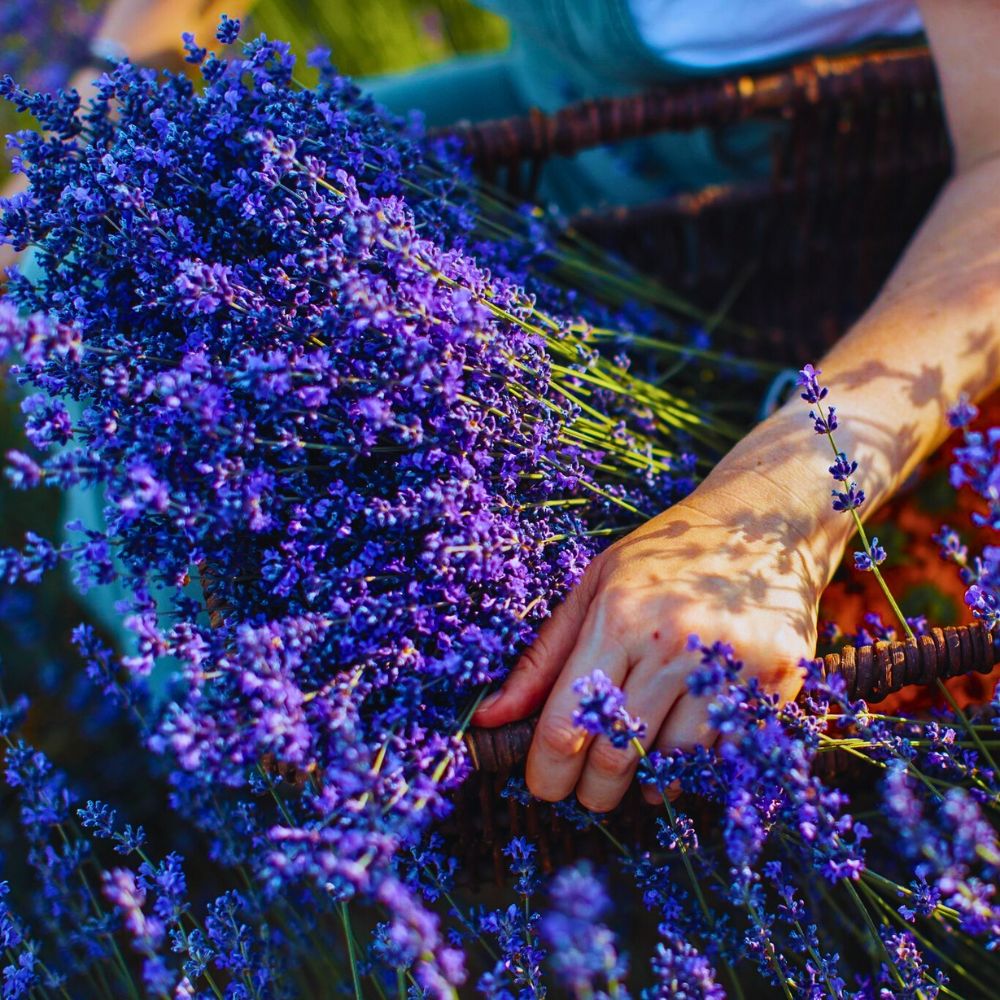
Egyptian pharaohs, including Tutankhamun, were buried with lavender-infused balms designed to soften the skin and enhance their complexion for the afterlife. Cleopatra herself reportedly used lavender as part of her legendary beauty regimen, employing it to maintain her famous allure and charm figures like Julius Caesar and Mark Antony.
Ancient Greek physician Dioscorides documented lavender's healing properties around 50 AD in his seminal work ‘De Materia Medica,’ specifically noting its effectiveness for treating digestive issues, respiratory problems, and crucially, various skin ailments. Ancient Romans also embraced lavender so thoroughly that they gave it its name, derived from the Latin ‘lavare,’ meaning ‘to wash,' echoing their practice of incorporating and using lavender in their elaborate bathing rituals, recognizing that this aromatic herb had purifying and soothing benefits, and left their skin feeling soft, refreshed, and clear.

Medieval physicians and Renaissance healers continued this tradition, with lavender becoming an essential part of European dermatological practice. The plant's antiseptic, soothing, and anti-inflammatory properties made it invaluable for treating everything from minor cuts and burns to more complex skin conditions. This historical basis provides the background for why lavender oils’ benefits for skincare remain so noteworthy today.
Understanding Lavender Oil’s Scientific Grounds
Modern research has shown the biochemical mechanisms behind lavender oil's skin benefits. True lavender essential oil contains more than 150 bioactive compounds that work synergistically to promote skin health and benefit it in different ways simultaneously. The primary therapeutic components include linalool, comprising approximately 35% of the oil, and linalyl acetate, making up about 51%.
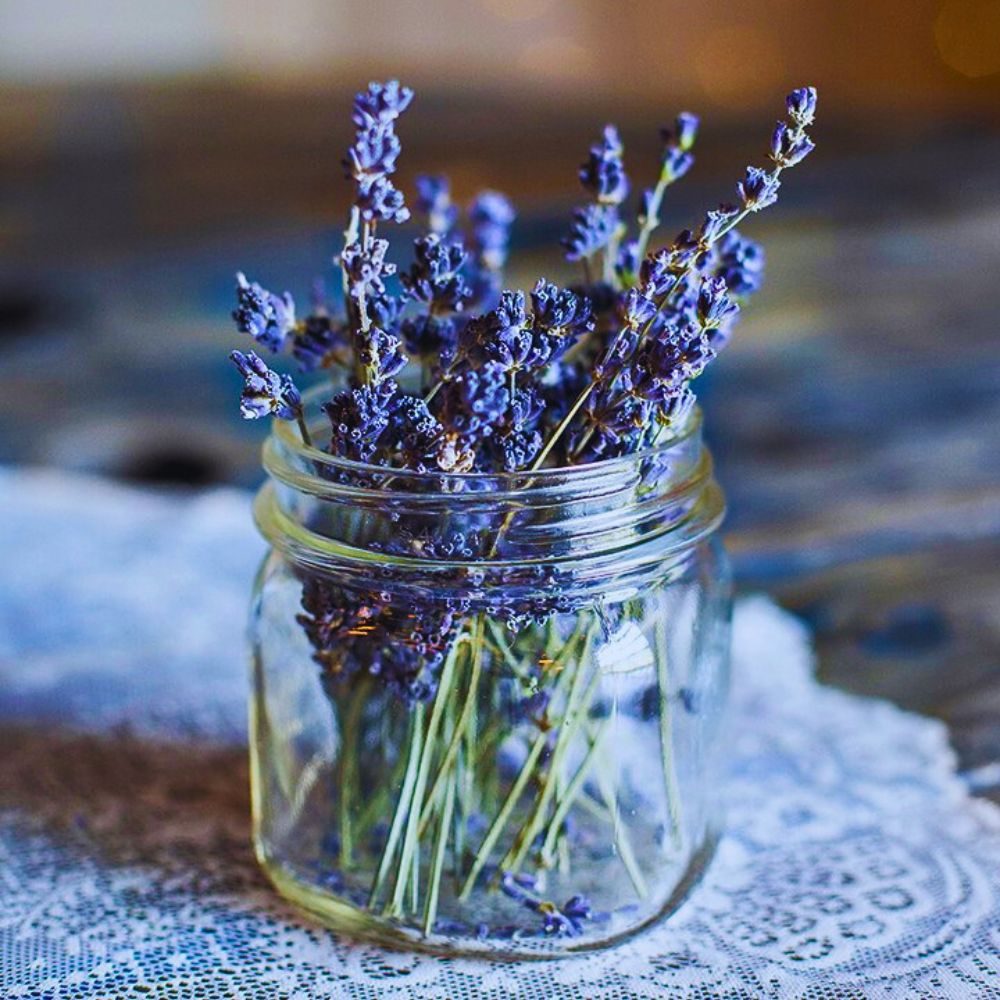
These compounds show resourcefulness in their skin-healing properties. Linalool shows potent anti-inflammatory effects, promoting the synthesis of HSP70 proteins, which help protect skin cells against external stressors that could lead to inflammatory responses. Meanwhile, linalyl acetate contributes to the oil's well-known soothing and analgesic properties, particularly effective for treating irritated or sensitive skin.
The essential oil's antimicrobial properties come from its ability to disrupt bacterial cell membranes and inhibit quorum-sensing, the communication system bacteria use to coordinate their activities. This approach makes lavender oil exceptionally effective against common skin pathogens, including Staphylococcus aureus and Cutibacterium acnes, the primary bacteria associated with acne formation.
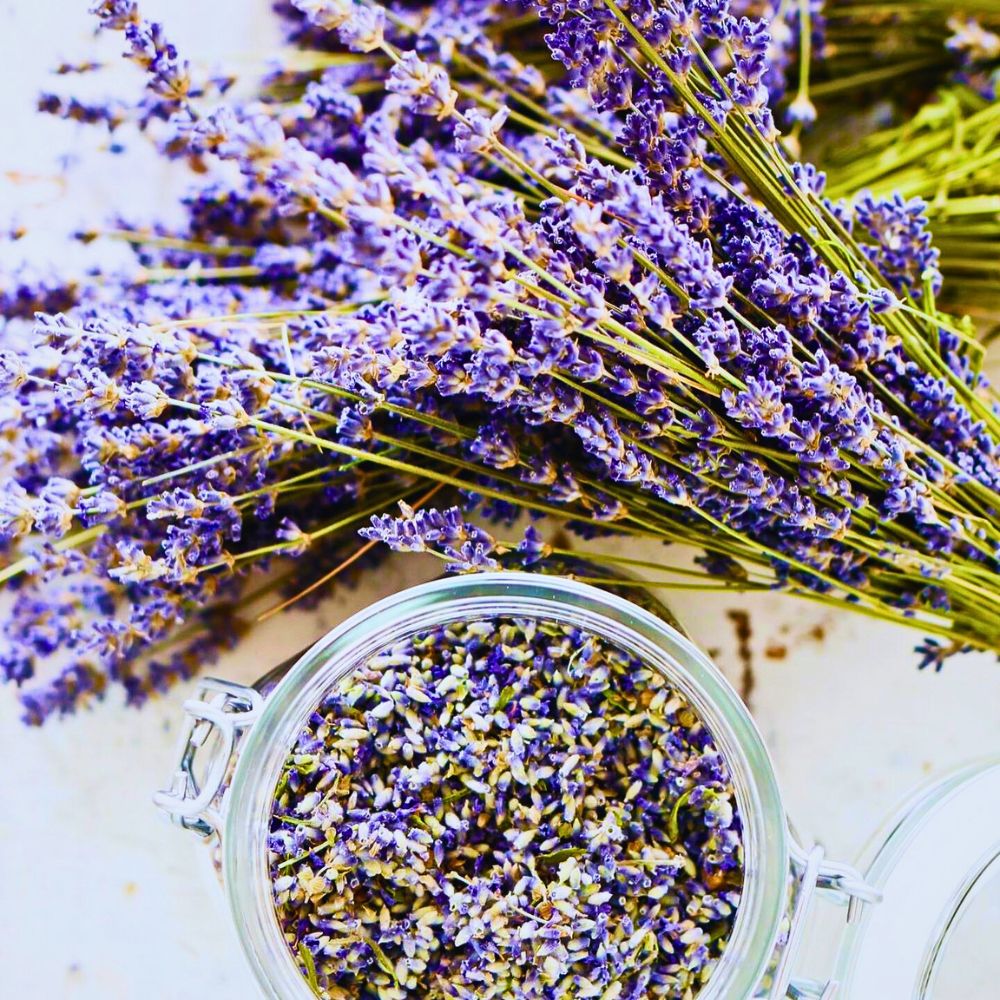
An Analysis of Lavender Oil Benefits for Skin Application
When considering whether lavender oil is good for the skin, it is important to have in mind the different ways this essential oil enhances and protects it. Perhaps the most scientifically validated benefit of lavender oil for the skin lies in its extraordinary wound-healing capabilities. A radical 2016 study published in BMC Complementary and Alternative Medicine showed that topical lavender oil application significantly accelerated wound closure compared to control treatments. The research revealed that lavender oil promotes healing through multiple mechanisms: enhancing collagen synthesis, promoting tissue remodeling, and facilitating wound contraction.
Findings indicated that wounds treated with lavender oil experienced significantly reduced healing times. More remarkably, the oil promoted rapid collagen replacement from Type III to Type I, an essential transition in the wound healing process that typically takes much longer to occur naturally. The mechanism involves upregulation of transforming growth factor-β (TGF-β), a key protein that coordinates several aspects of tissue repair.
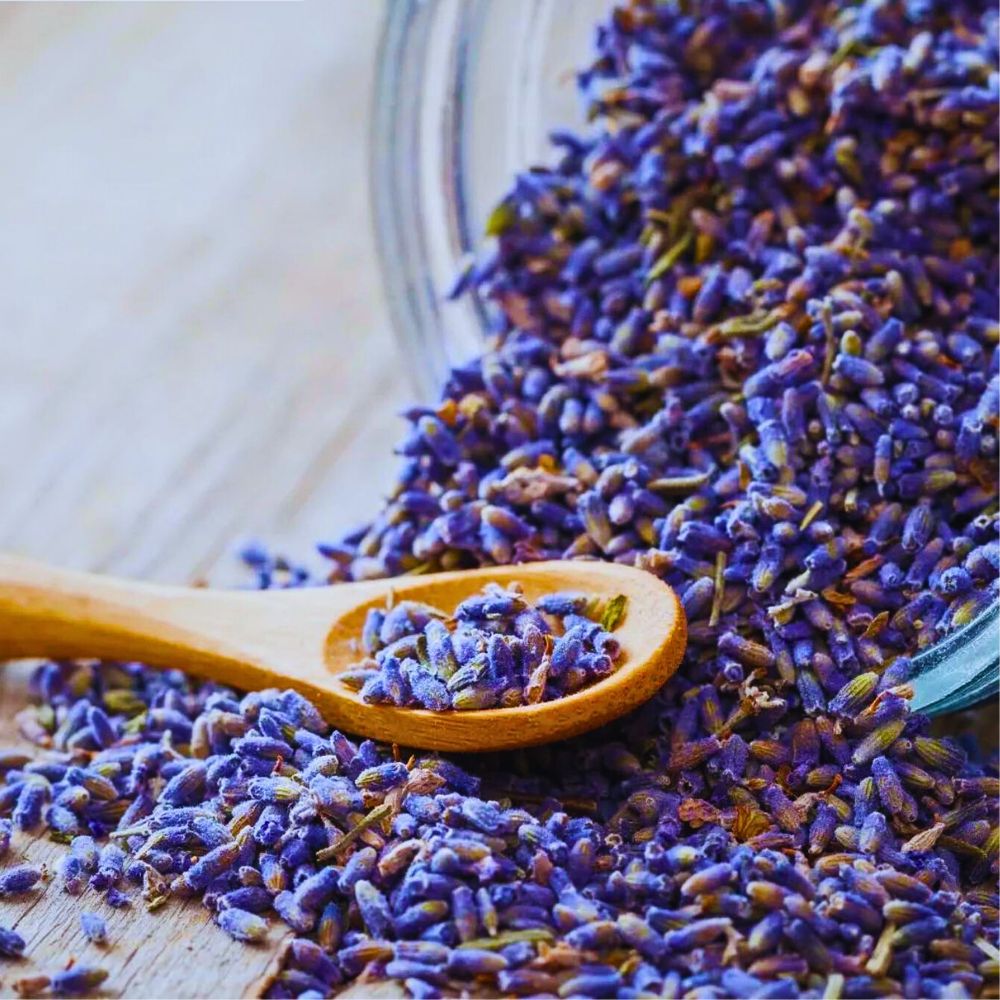
Clinical applications of this research have shown promise for various skin injuries, from minor cuts and abrasions to more significant wounds. The oil's ability to increase fibroblast proliferation and enhance collagen production makes it valuable for reducing scarring and promoting healthy tissue regeneration.
Still, yet, the question "Is lavender oil good for the skin?" has answers in acne research. Several clinical studies have established lavender oil's effectiveness against acne-causing bacteria, with one notable Korean study showing significant improvements in acne lesions after just four weeks of treatment. The research showed that lavender oil application led to decreased acne counts, improved oil and water balance in the skin, reduced pore size, and normalized sebum secretion.
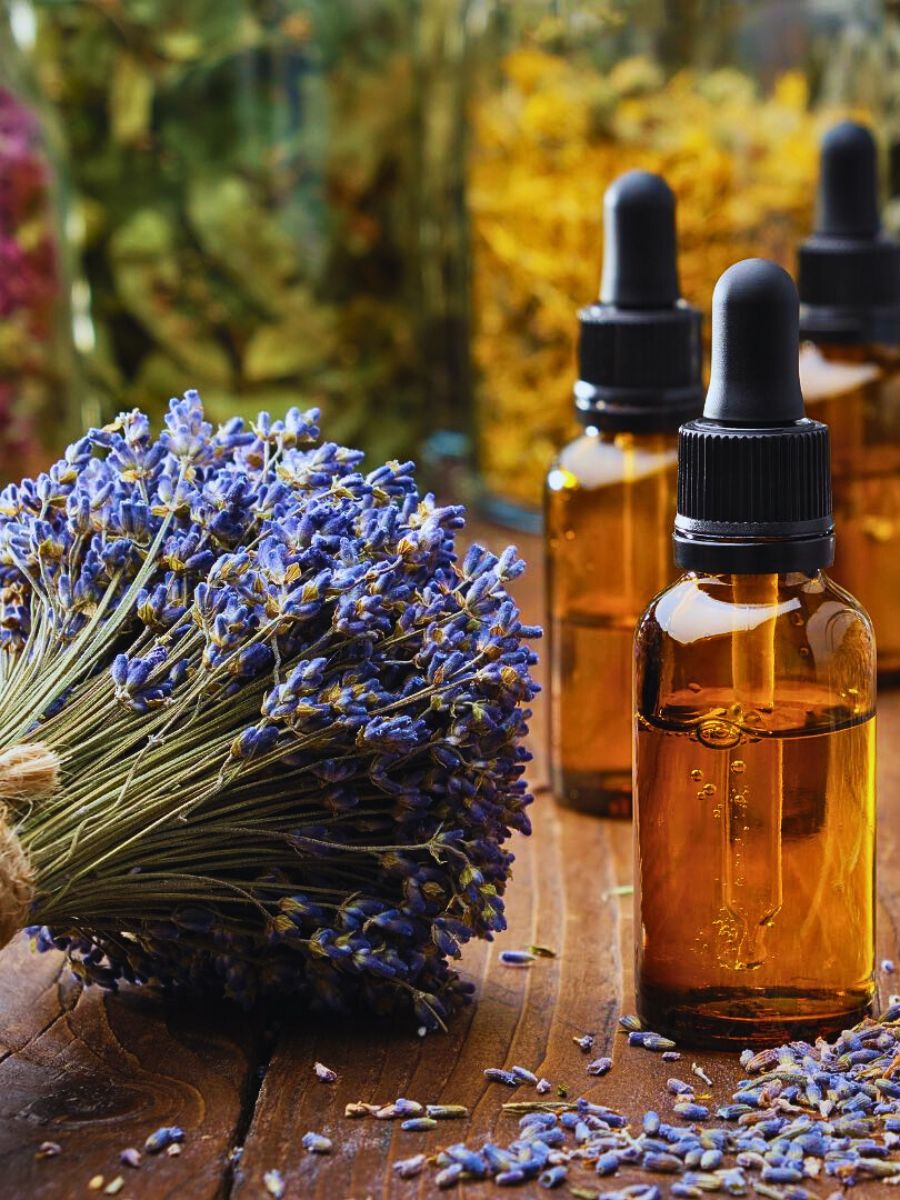
Lavender oil is especially effective for acne treatment due to its non-comedogenic nature, meaning it does not clog pores despite being an oil. This property, combined with its antibacterial effects against P. acnes bacteria, creates an ideal treatment environment for acne-prone skin, helping regulate sebum production while at the same time fighting the bacterial infections that contribute to inflammatory acne lesions. Applications often involve combining lavender oil with other therapeutic ingredients. Studies have shown that a mixture of 3% tea tree oil and 2% lavender oil, applied topically for four weeks, considerably reduced both the total population of acne bacteria and the number of inflammatory lesions.
The anti-inflammatory properties of lavender for skin application go past simple irritation relief. Scientific research shows that lavender oil can significantly reduce inflammation markers, with one study showing its effectiveness comparable to dexamethasone, a strong anti-inflammatory medication. The oil achieves these effects through varied ways: modulation of pro-inflammatory cytokines and promoting healing proteins. For those suffering from chronic inflammatory skin conditions like eczema and dermatitis, lavender oil offers particular promise.

A study on atopic dermatitis revealed that lavender essential oil significantly suppressed inflammatory cytokines while moderating the crucial mechanism in inflammatory skin responses, providing scientific validation for the traditional use of lavender oil in treating inflammatory skin conditions. The practical applications of these anti-inflammatory effects are numerous. Lavender oil provides relief for sunburned skin, insect bites, minor rashes, and general skin irritation. Its ability to calm inflamed tissue while promoting healing makes it crucial for post-procedure skincare routines or managing protracted inflammatory conditions.
The antimicrobial capabilities of lavender oil in skincare also cover a broad spectrum of skin pathogens. Research shows effectiveness against both gram-positive and gram-negative bacteria, with particular efficacy against methicillin-resistant Staphylococcus aureus (MRSA), one of the most problematic antibiotic-resistant bacteria. A 2023 systematic review examining lavender oil's antibacterial efficacy against MRSA found mixed but generally positive results, with several studies reporting significant antimicrobial activity. Here, the oil's mechanism involves disrupting bacterial cell walls and interfering with cellular communication systems, making it hard for bacteria to develop resistance.
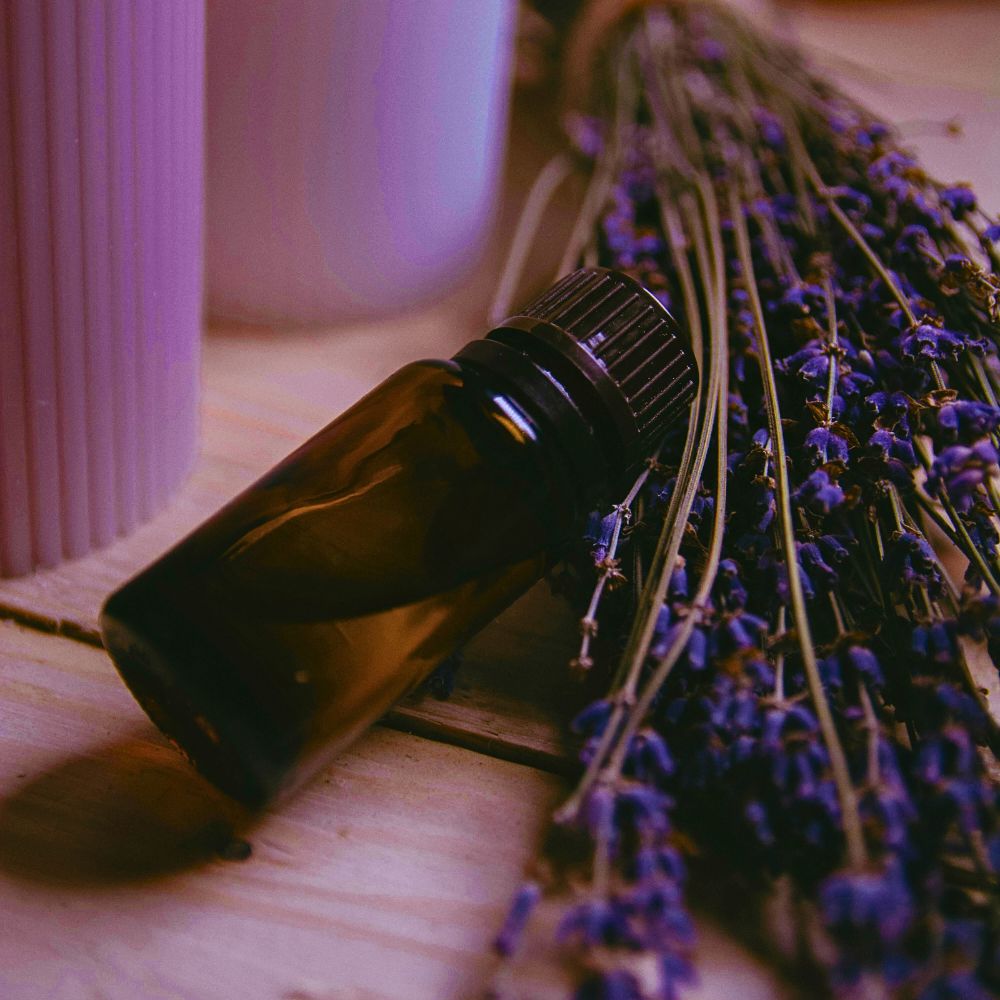
Studies have also shown lavender oil’s effectiveness against fungi, like Candida albicans, Aspergillus nidulans, and Trichophyton mentagrophytes. The antifungal mechanism involves different components of the oil: linalyl acetate suppresses spore formation, while linalool inhibits germination and fungal growth.
For its anti-aging benefits, lavender oil’s powerful antioxidant properties prove reliable. Research has identified it as an effective source of antioxidants like linalool, linalyl acetate, and varied terpenes that work together to protect skin cells from oxidative damage, neutralizing free radicals that contribute to premature skin aging. A fascinating 2019 study explored the anti-aging potential of fermented lavender extract, revealing enhanced antioxidant activity compared to non-fermented preparations. The fermentation increased levels of luteolin and apigenin, potent flavonoids that suppress UV-induced matrix metalloproteinase-1 (MMP-1) expression, a key enzyme involved in collagen degradation.
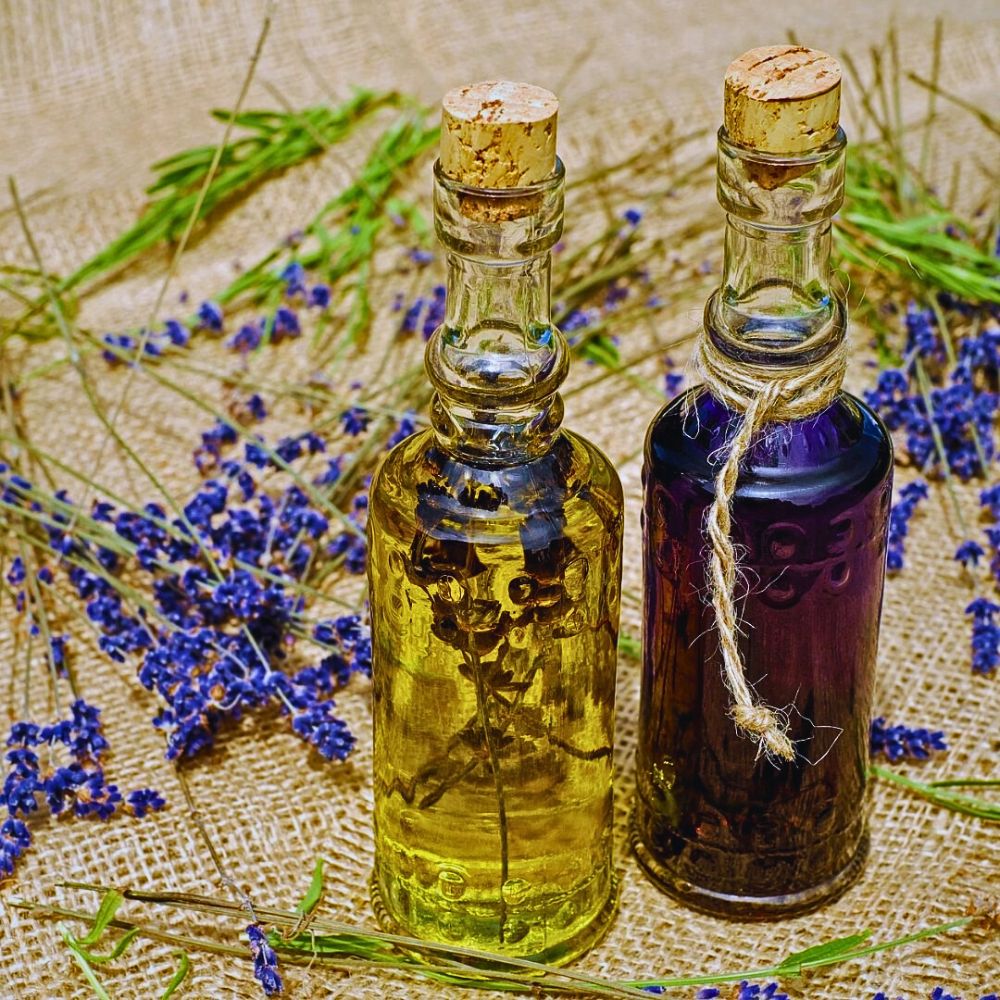
Clinical applications of these anti-aging properties include protection against UV-induced damage, reduction of fine lines and wrinkles, and improvement in overall skin texture and tone. The oil's ability to support collagen synthesis while protecting against its degradation creates a dual-action anti-aging effect. It also has a calming effect and reduces overall stress. An imbalance of free radicals in the body, also called oxidative stress, leads to cell and tissue damage. This can be reflected through the skin; wrinkles are one of the signs of oxidative stress. Used in aromatherapy, lavender addresses this. Plus, it balances the skin’s moisture, leaving it not too oily and not too dry; just perfect for fighting off signs of premature aging like wrinkles.
Still, yet, for individuals suffering from eczema, psoriasis, and other chronic skin conditions, lavender oil for skin conditions offers important therapeutic potential, with clinical research showing that the combination of its antifungal, antibacterial, and anti-inflammatory properties could help manage symptoms associated with these conditions. A particularly noteworthy 2023 study examined lavender essential oil's effects on atopic dermatitis, revealing that it significantly reduced inflammatory markers while moderating key immune mechanisms involved in dermatitis progression. These provided scientific backing for its traditional use in managing chronic skin conditions.
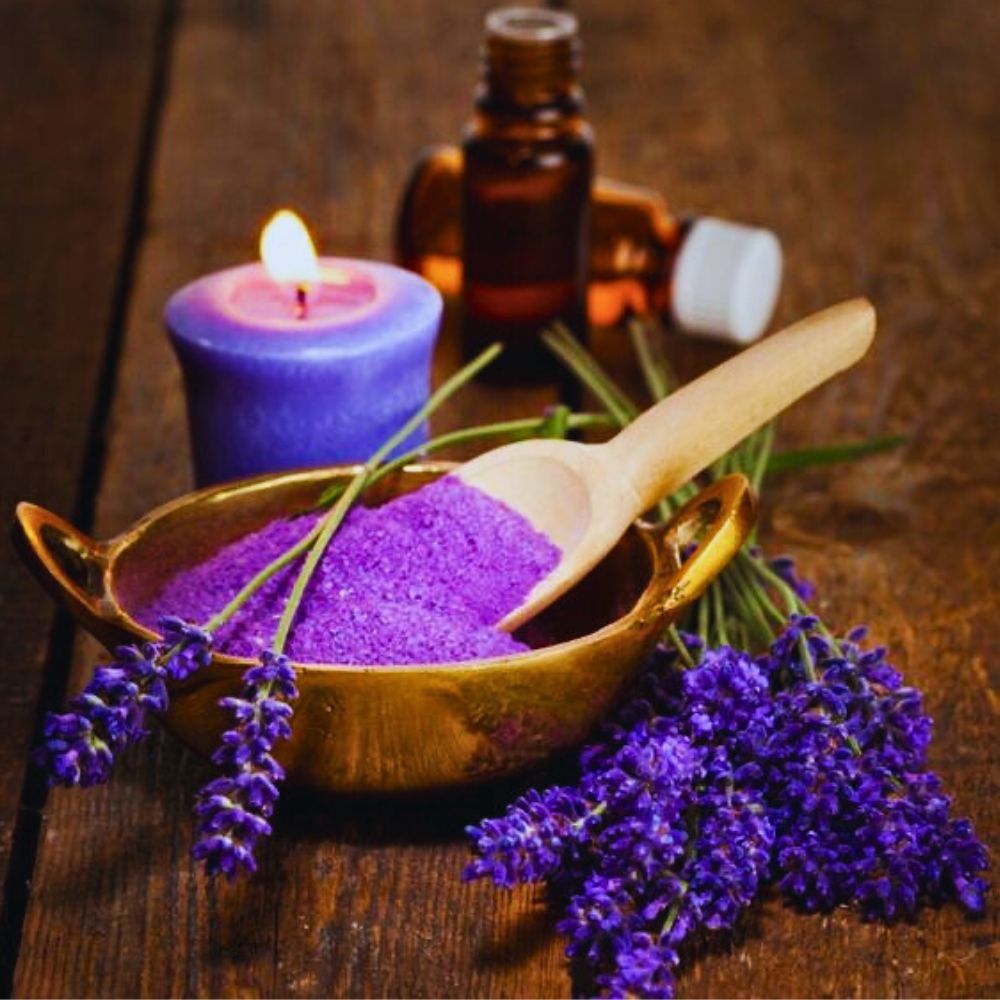
Practical applications for these conditions’ management typically involve diluted lavender oil preparations applied to affected areas; its moisturizing properties help restore the skin's barrier function while its anti-inflammatory effects reduce redness, itching, and irritation. Many people find that regular use of moisturizers containing lavender oil helps prevent eczema flares, maintaining skin health.
Proper Application of Lavender Oil for Skincare
How one safely uses lavender oil for skincare application is important for maximizing benefits while minimizing risks. Unlike many essential oils, lavender oil is generally well-tolerated and can sometimes be applied undiluted to small areas of the skin. However, dilution remains the safest approach for most applications, particularly for those with sensitive skin or who use the oil over larger areas.
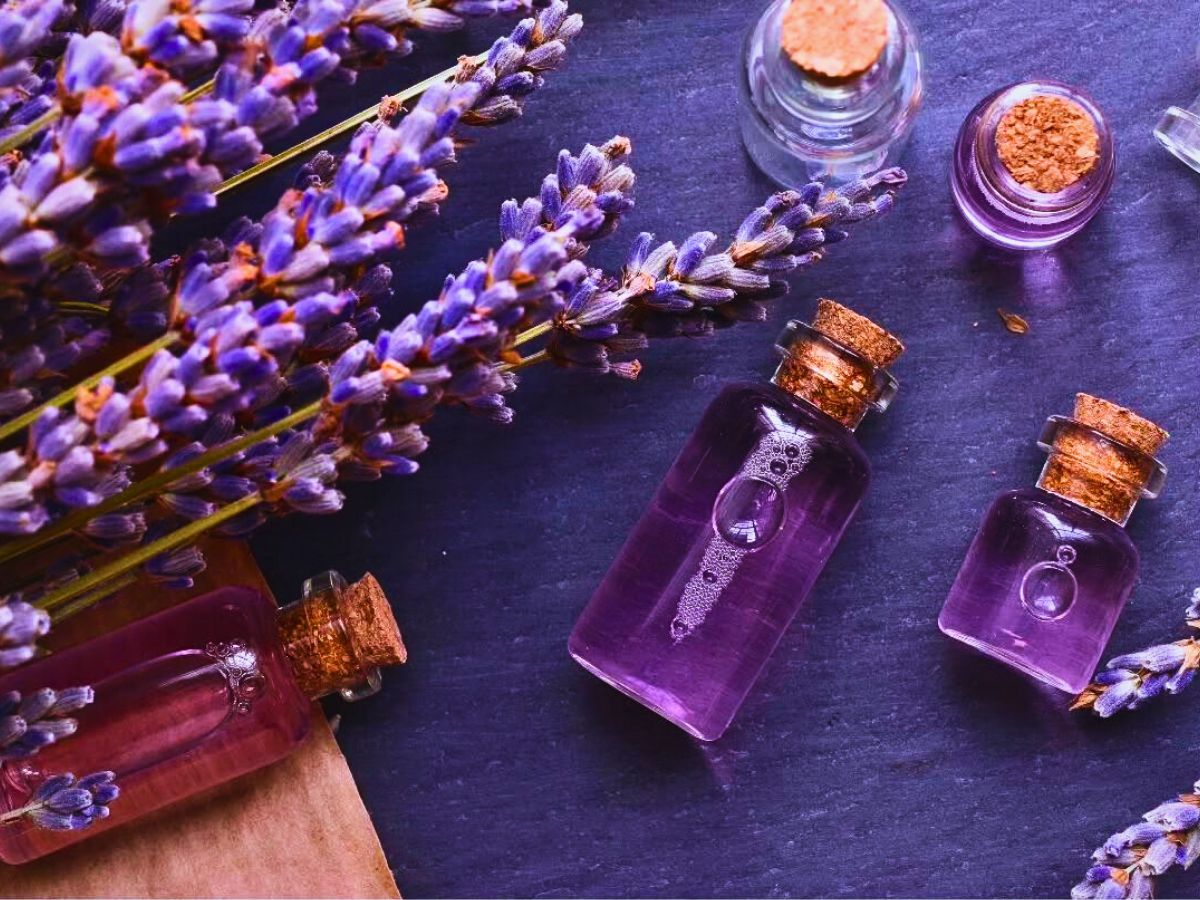
Aromatherapists and dermatologists recommend specific dilution ratios based on the intended use. For facial applications, a 0.5-1% dilution is typically appropriate (approximately 1-2 drops of lavender oil per tablespoon of carrier oil). For body application, dilutions of 1-3% are generally safe, while more targeted treatments may use concentrations of up to 5%. Also, the choice of carrier oil affects the therapeutic outcome. Jojoba oil, technically a liquid wax, closely mimics human sebum and offers ideal penetration without clogging pores. Coconut oil offers additional antimicrobial properties, while argan oil adds antioxidant benefits that complement lavender oil's impacts.
Noteworthy, before making regular use of lavender oil for skincare, a patch test is necessary. Apply a small amount of diluted oil to the inner forearm and wait 24 hours to observe any adverse reactions. While lavender oil is considered among the mildest essential oils, allergic reactions can occur, particularly in people with preexisting sensitivities to mint family plants. Signs include redness, itching, burning, or skin irritation at the application site. If these symptoms occur, discontinue use and rinse the affected area.
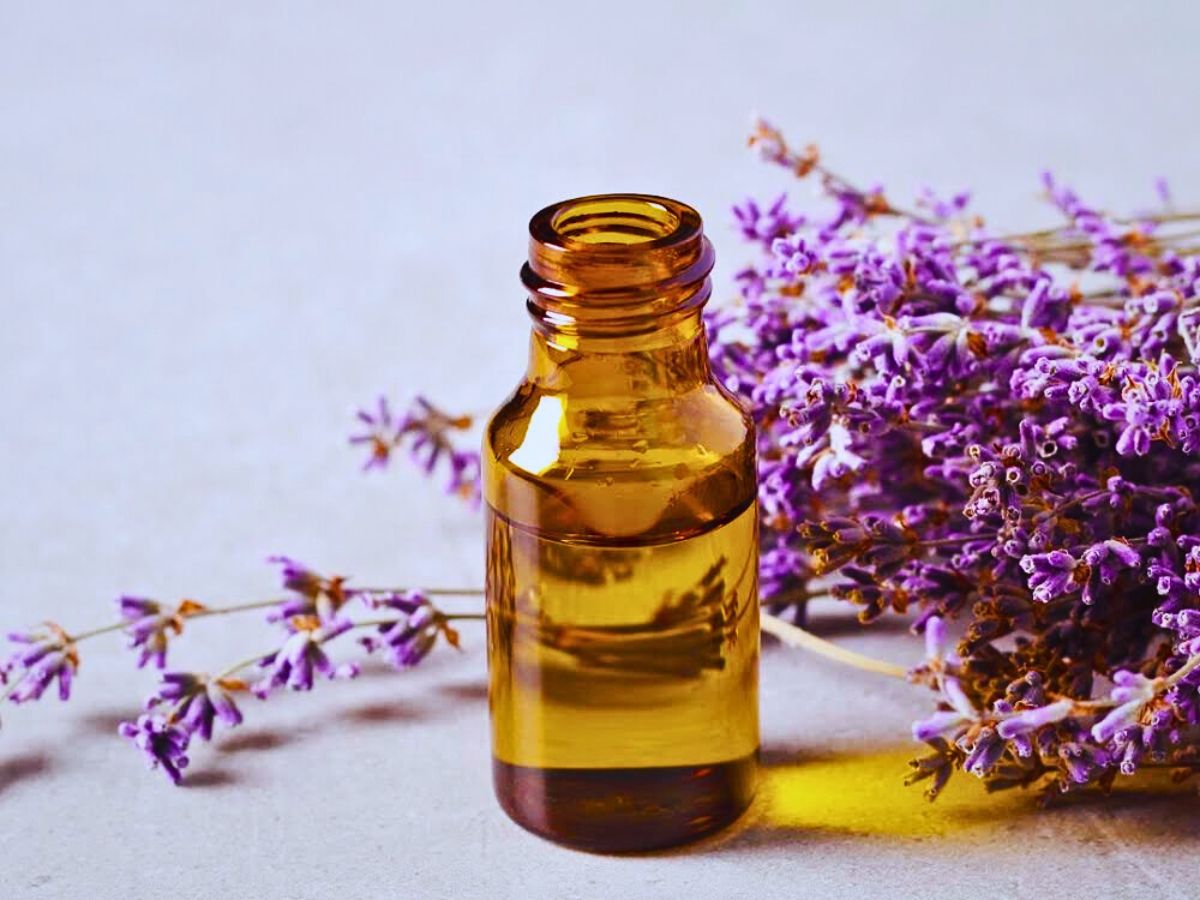
Addressing Some Common Concerns of Lavender Oil Use
While research supports the use of lavender oil for skin benefits, it is important to address some potential limitations. Some studies have raised questions about cytotoxicity at higher concentrations. One research paper noted cellular damage at concentrations above 0.25%. However, these findings were related to in vitro studies using concentrations far higher than those recommended for topical application. Also, while phototoxicity—chemically induced eye or skin irritation—is a concern with some essential oils, it is not typically associated with lavender oil.
But then again, those using it should still be cautious of sun exposure, particularly when using higher concentrations or combining with other potentially photosensitizing ingredients. Furthermore, pregnancy and nursing considerations also require attention. While lavender oil is generally considered safe during pregnancy when used appropriately, a healthcare provider consultation is advisable before use. The oil should never be ingested and should be carefully stored away from children and pets.
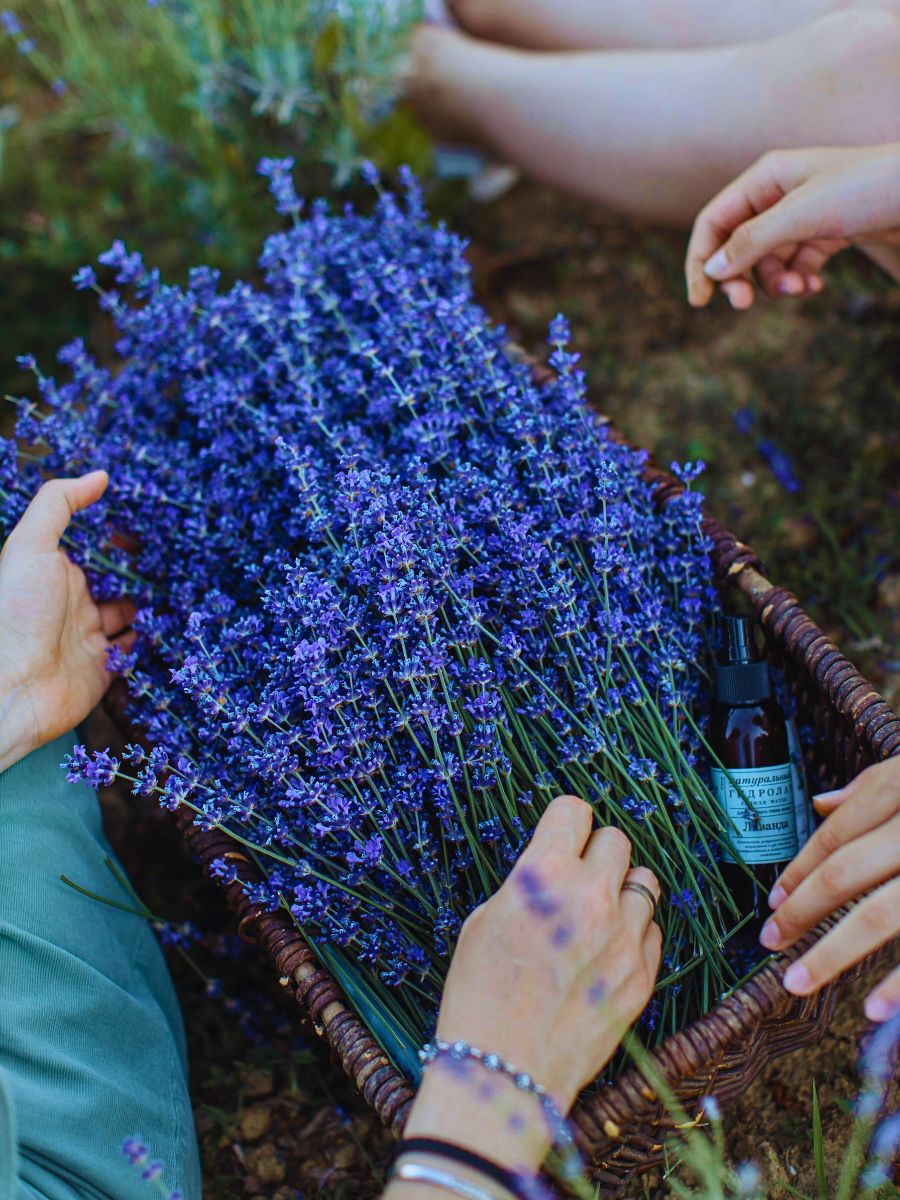
Integrating Lavender Oil Into Modern Skincare Routines
Lavender oil’s versatility allows for its seamless integration into existing skincare routines. Morning applications typically focus on protection and prevention, incorporating diluted lavender oil into moisturizers or serums for its antioxidant and anti-inflammatory benefits. Evening routines can emphasize repair and regeneration, with higher concentrations supporting overnight healing processes.
For acne-prone skin, lavender oil can be combined with salicylic acid and other treatments, though careful monitoring is necessary to prevent over-drying. The oil's soothing properties help counterbalance potential irritation from stronger acne medications while offering additional antibacterial benefits.

Anti-aging regimens could also benefit from the oil's collagen-supporting properties and antioxidant protection. Combining lavender oil with vitamin C serums, retinoids, or peptide treatments can create effects that enhance overall anti-aging outcomes. Plus, its ability to promote better absorption through improved skin barrier function adds more benefits to multi-step routines.
Growing Scientific Evidence and Clinical Research of Lavender Oil Benefits
Scientific studies supporting lavender oil benefits for skin applications are growing. Researchers continue investigating its many applications and mechanisms of action, with several clinical trials showing great therapeutic potential. Recent microbiological research has, for instance, explored its potential in addressing antibiotic-resistant skin infections, revealing that while lavender oil may not be as potent as some other essential oils against certain resistant bacteria, it offers complementary effects when combined with conventional antimicrobials. This offers new approaches for combination therapies.
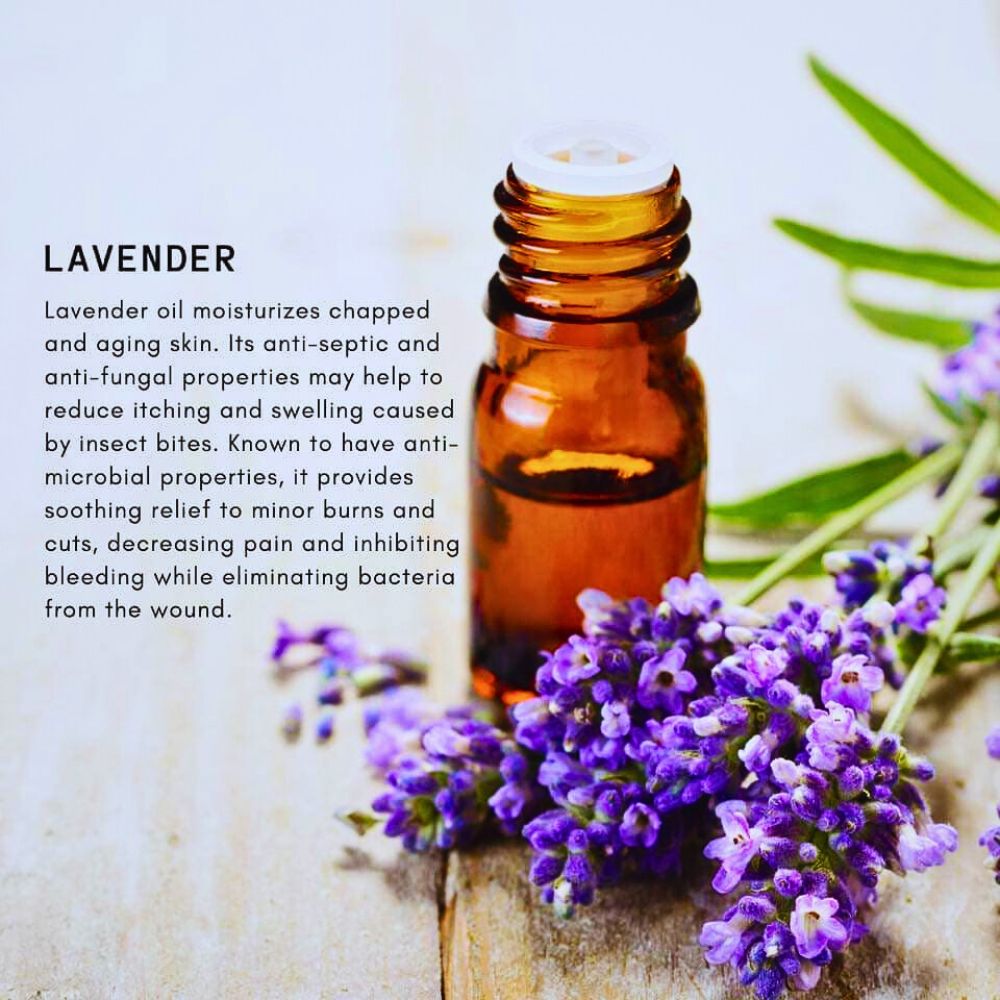
More research on atopic dermatitis and other conditions provides valuable insights, guiding future formulation approaches through the combination of lavender oil's antimicrobial, anti-inflammatory, wound-healing, and anti-aging effects. All these—alongside its bug-repellent properties, and its aromatherapy uses—highlight lavender's therapeutic potential, presenting a time-tested, scientifically supported natural solution. These benefits build a compelling case for its place in contemporary skincare.
Feature image by @stellarhandpoured. Header image by Anastasia Shuraeva.




